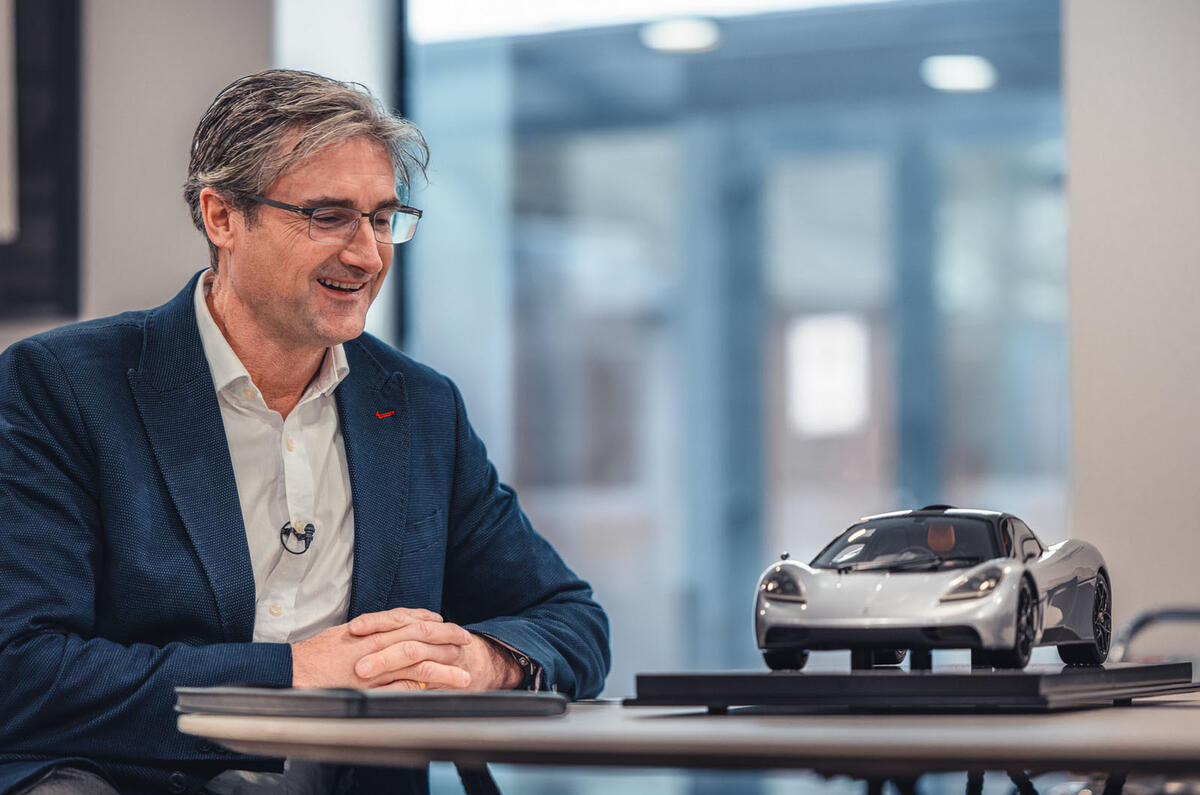The Gordon Murray Group has been reinventing itself for years now, with projects focusing on production, electrification and even cheap transportation for emerging economies.
Now, however, the group started by and named for the famed Formula 1 designer (now executive chairman of the group) is just focused on million-pound-plus supercars.




Add your comment